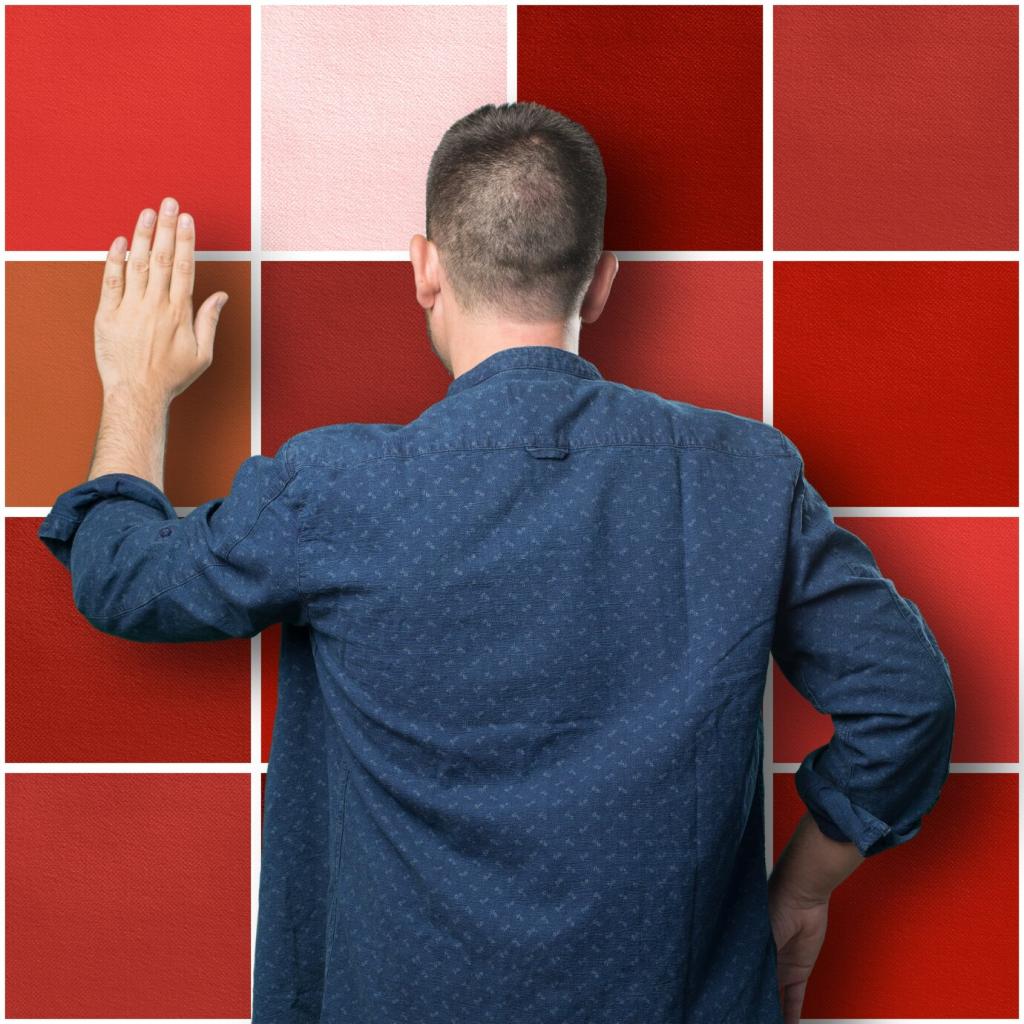Minimalist Elements in Contemporary Interior Design
Minimalism has become a dominant force in shaping the look and feel of modern interiors, emphasizing simplicity, openness, and purposeful design. Contemporary interior design celebrates the beauty of restraint, blending functional elegance with a serene aesthetic. This approach, rooted in the concept of “less is more,” seeks to create spaces that are both inviting and practical while removing excess and clutter. By focusing on essential elements and highlighting quality over quantity, minimalist interiors offer a sense of calm and clarity that stands out in a world often cluttered by overstimulation.
The Philosophy of Minimalism
Embracing Essentialism
Essentialism in minimalist interiors goes beyond mere functionality. It involves carefully selecting furnishings and décor that serve a clear purpose, contributing to the overall balance of the space. Each chosen piece must earn its place, fostering an environment defined by necessity rather than excess. This approach allows designers and homeowners to focus on what truly matters, evoking a sense of meaning in every element.
The Influence of Japanese Aesthetics
Japanese design principles, such as wabi-sabi and Zen philosophies, significantly inform minimalist interiors. These philosophies prioritize balance, simplicity, and the raw beauty of natural materials. Japanese minimalism brings a sense of peace and introspective silence to contemporary interiors, embracing imperfection and subtlety. It encourages spacious layouts, limited color palettes, and a seamless flow between indoor and outdoor environments—an approach now widely adopted in global design.
Psychological Benefits of Minimalist Spaces
Living in minimalist environments has been linked to improved well-being and mental clarity. Clear, open spaces reduce visual noise and stress, helping residents to focus, relax, and recharge. This mental shift is especially pertinent in city living, where external chaos can be overwhelming. Minimalist interiors foster a sanctuary-like quality, creating an atmosphere that enhances emotional health and supports mindful living.
Neutral Color Palettes
White is a signature color in minimalist interiors, evoking a sense of purity and spaciousness. By reflecting natural light, white surfaces open up rooms and clarify spatial boundaries. They act as blank canvases on which other elements—such as artwork, textures, and statement furniture—can be thoughtfully displayed. The strategic use of white fosters a mood of tranquility that supports the minimalist objective of serenity.

Functional and Open Space Planning
The Essence of Open-Plan Living
Open-plan configurations are popular in minimalist design for their ability to merge social and functional spaces. By removing barriers between living, dining, and kitchen areas, an inclusive and conversational atmosphere emerges. This openness not only visually expands the home but also cultivates stronger connection and flexibility. Every piece of furniture within open-plan spaces is thoughtfully positioned to enhance flow without disrupting visual calm.
Flexible Multi-Use Zones
In the minimalist home, rooms are often adaptable, serving multiple needs while minimizing clutter. Furniture is selected for its ability to perform double-duty—like modular seating, foldaway desks, or concealed storage. These innovations enable seamless transitions between working, entertaining, and relaxing, even in compact living environments. Flexibility in use and fluidity in design allow residents to personalize their space without crowding it.
Balance Between Privacy and Openness
While openness is key, minimalist interiors also address the need for privacy and personal retreat. Design strategies such as sliding doors, translucent partitions, or carefully placed shelving units can delineate zones without creating a feeling of enclosure. This sensitive balance maintains the sense of expansiveness while supporting the quiet moments essential to modern living, all within a cohesive, minimalist framework.
Quality Over Quantity in Furnishing

Minimalist interiors feature design classics that are instantly recognizable for their simplicity and meticulous construction. Clean lines, ergonomic forms, and neutral finishes characterize these pieces. Choosing iconic furniture ensures longevity and timelessness, reducing the desire for frequent replacements. These items often become focal points, contributing character without overwhelming the senses—a testament to the value of purposeful selection.
Architectural Integration of Windows
Minimalist design often prioritizes large, unobstructed windows, skylights, or glazed doors to maximize daylight. These architectural decisions intentionally frame outdoor views and dissolve barriers between inside and out. Natural light becomes both a practical and aesthetic feature, emphasizing spatial continuity and making even compact rooms feel expansive. Window treatments are kept sheer or absent to celebrate sunlight.
Reflective and Translucent Surfaces
Strategic use of reflective materials such as glass, polished stone, or mirrors enhances the diffusion of light. These surfaces subtly bounce rays throughout a room, further softening the boundaries and enhancing brightness. The interplay of shadow and light is carefully considered for visual interest. Translucent partitions allow for light transmission while preserving the minimalist need for privacy and simplicity.
Minimalist Lighting Fixtures
When artificial lighting is necessary, minimalist design opts for fixtures that are understated yet refined. Streamlined pendants, concealed LED strips, or wall-integrated lamps reinforce clean lines. The goal is to provide ample illumination without cluttering the ceiling or walls with ornate designs. Minimalist lighting elevates the mood of the space, enhancing focus and relaxation with thoughtful placement.
Soft and Tactile Textiles
Textiles such as wool rugs, linen drapes, or cotton throws bring warmth to minimalist environments. Their inviting textures temper the hard edges of architectural surfaces and furniture. Careful color selection ensures these textiles blend seamlessly with neutral palettes, while their feel encourages relaxation. The contrast between soft fabrics and other elements enlivens the space, adding another dimension to minimalism.
Natural Woods and Stone
Materials like wood, stone, and concrete lend authenticity and grounding to minimalist interiors. Each retains natural variations—grains, veining, and coloration—creating visual interest without overpowering the composition. Designers select finishes that highlight honest beauty, allowing materials to age gracefully. The organic quality of wood or stone balances the cool restraint of minimalism and underscores its relationship to nature.
Matte Versus Gloss Finishes
Employing both matte and gloss finishes in strategic areas introduces subtle contrasts and light play. Matte walls and cabinetry diffuse light and reduce glare for a sophisticated, understated look. Meanwhile, select glossy surfaces—think lacquered side tables or polished terrazzo—catch light, drawing the eye to focal points. This interplay creates a measured dynamism, ensuring minimalist spaces feel layered rather than flat.
Previous slide
Next slide


Timeless Design Reduces Waste
By favoring timeless silhouettes and high-quality construction, minimalist interiors avoid passing trends and disposability. Furniture and fixtures are selected for durability and adaptability, reducing the need for replacement over time. This longevity lessens environmental burden and fosters emotional attachment to possessions. Investing in pieces that age well upholds both aesthetic and sustainable goals.

Natural and Recycled Materials
Sourcing materials responsibly is a key consideration in sustainable minimalist interiors. Designers prioritize woods from certified forests, natural fibers, and finishes free from harmful chemicals. Where possible, recycled or repurposed materials are incorporated—such as reclaimed wood flooring or upcycled metal fixtures. These choices both reduce resource use and add character to the space, reinforcing the philosophy of intentional living.
